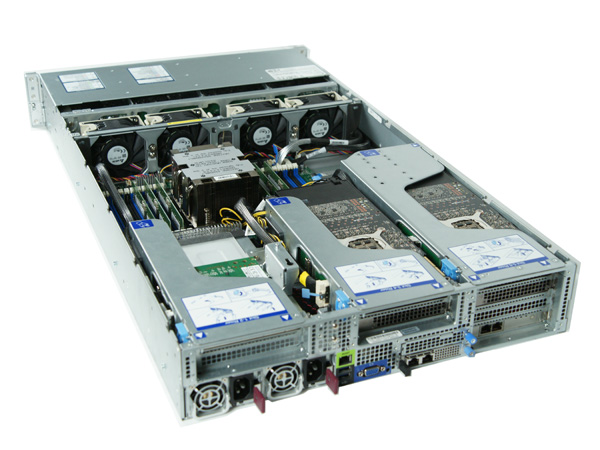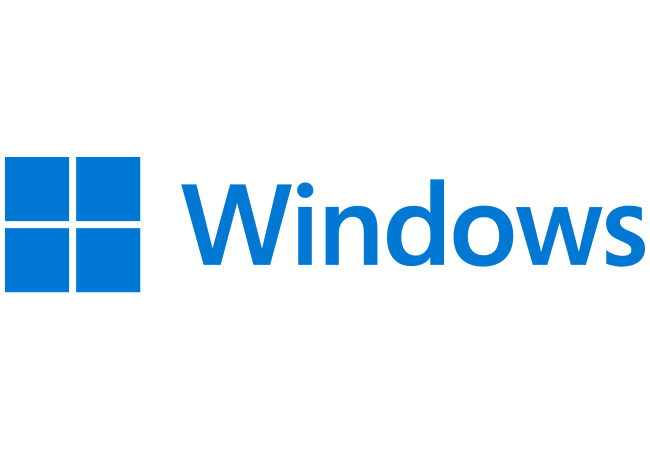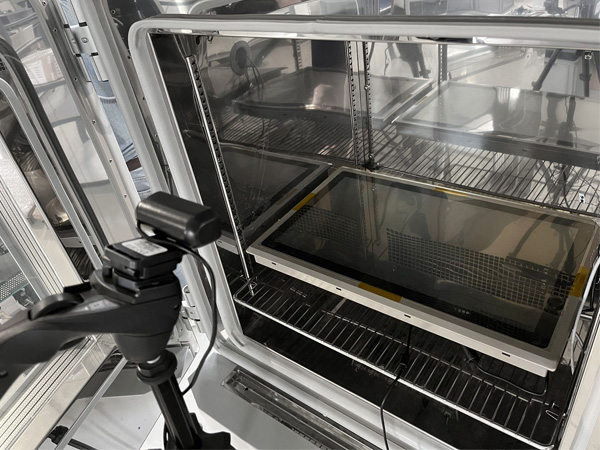Category : News by T-Pole, Windows | Bespoke, Windows 11, Windows 11 IoT | 2 July 2025
In the world of industrial applications and embedded systems, integrating Microsoft technologies, such as Windows Server or SQL Server, is often an essential technical requirement. However, this necessity frequently clashes with a significant challenge: the cost and complexity of licensing.
Many companies, guided by their IT departments accustomed to traditional channels, end up investing in expensive and not always suitable corporate licenses, running the risk of non-compliance and missing important optimization opportunities.
The hidden risk: when a corporate license isn’t the right choice
The most common mistake is turning to the standard IT market to purchase Windows Server licenses for an embedded application or an industrial machine. Why pay the full price for a corporate license when an IoT/Embedded version exists—specifically designed for these scenarios—that can generate substantial savings? Furthermore, the complexity of Microsoft’s licensing rules is a minefield for the uninitiated. Purchasing a server operating system license is only the first step. Often, not all access-related aspects are considered, such as Client Access Licenses (CALs), which are required for every user or device connecting to the server. Finding yourself with an incorrectly licensed system is not just a problem of unforeseen costs; it exposes the company to the real risk of violating copyright laws, which can lead to fines or even criminal penalties.
The IoT solution and licensing strategies: CAL vs. core
Fortunately, more efficient alternatives exist. The Microsoft licensing channel for the IoT and Embedded world offers more flexible and cost-effective solutions, specifically designed for devices with a dedicated function. The real challenge, however, is navigating the options: how do you correctly size the licenses to optimize costs while fully respecting the rules?
This is where different strategic approaches come into play. The fundamental choice is often between two main models:
- Licensing per CAL (Client Access License): in this model, a license is purchased for each user or device (“client”) that needs to access the server’s services. It is an ideal solution when the number of users or devices is known and limited.
- Licensing per Core: with this approach, licenses are purchased based on the number of physical processor cores in the server. Once all cores are licensed, an unlimited number of users and devices can access the server without needing additional CALs. This option becomes more advantageous for applications with a large or undefined number of clients, such as those that expose services over the web.
The choice between the two models depends entirely on the specific needs of the application and the infrastructure in which it is integrated.
TPole: your guide to effective rationalization
Understanding the right path requires an in-depth analysis that goes beyond simply choosing a software product. TPole acts as an expert guide in this complex scenario. Our role is to support designers and companies in verifying the correctness of their current situation and comparing costs with the opportunities offered by the IoT world.
Our consulting process begins with an analysis of the total infrastructure: hardware, operating system, and application software. This comprehensive view allows us to:
- Verify compliance: ensure that the current licensing setup is fully compliant with Microsoft rules.
- Correctly size: choose the licensing model (per CAL or per Core) that best fits the application’s architecture.
- Optimize costs: identify the most advantageous license, leveraging options from the Embedded/IoT channel for significant savings.
- Rationalize the system: design an integrated solution that considers reliability, performance, potential redundancy, and, of course, the total cost of ownership (TCO).
In conclusion, correctly configuring Microsoft licenses is not a mere bureaucratic exercise but a fundamental strategic lever. It not only allows for significant economic savings and operation in complete legal security but also enables the construction of a more rational, high-performing, and reliable system, perfectly tailored to the client’s real needs.



